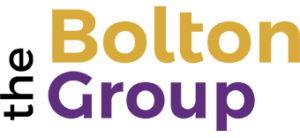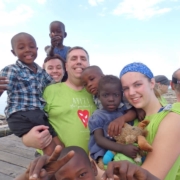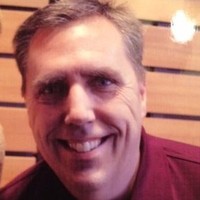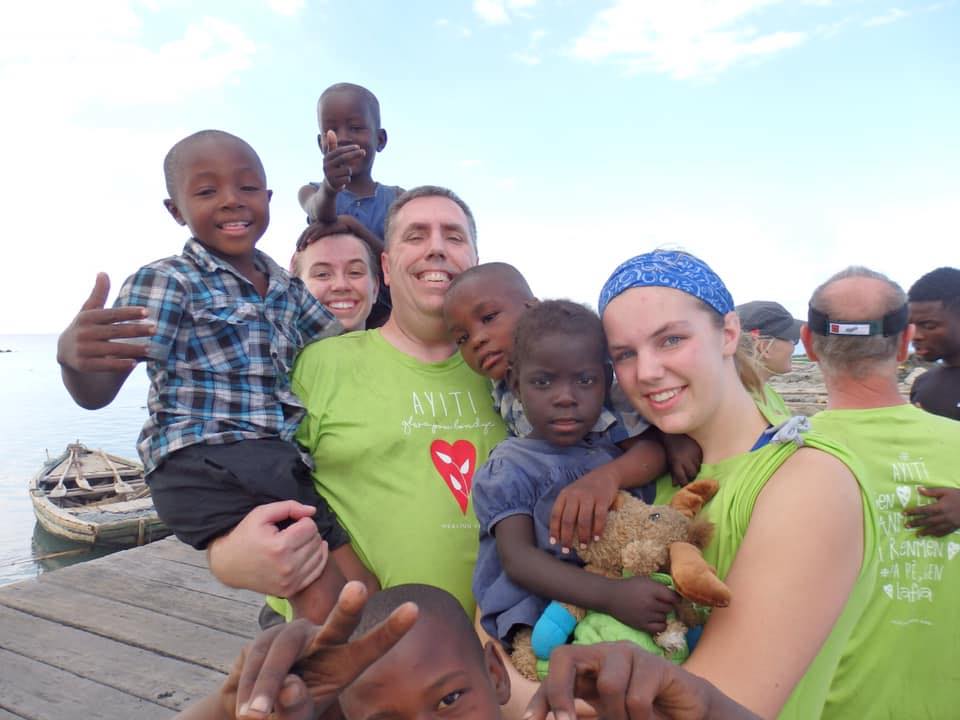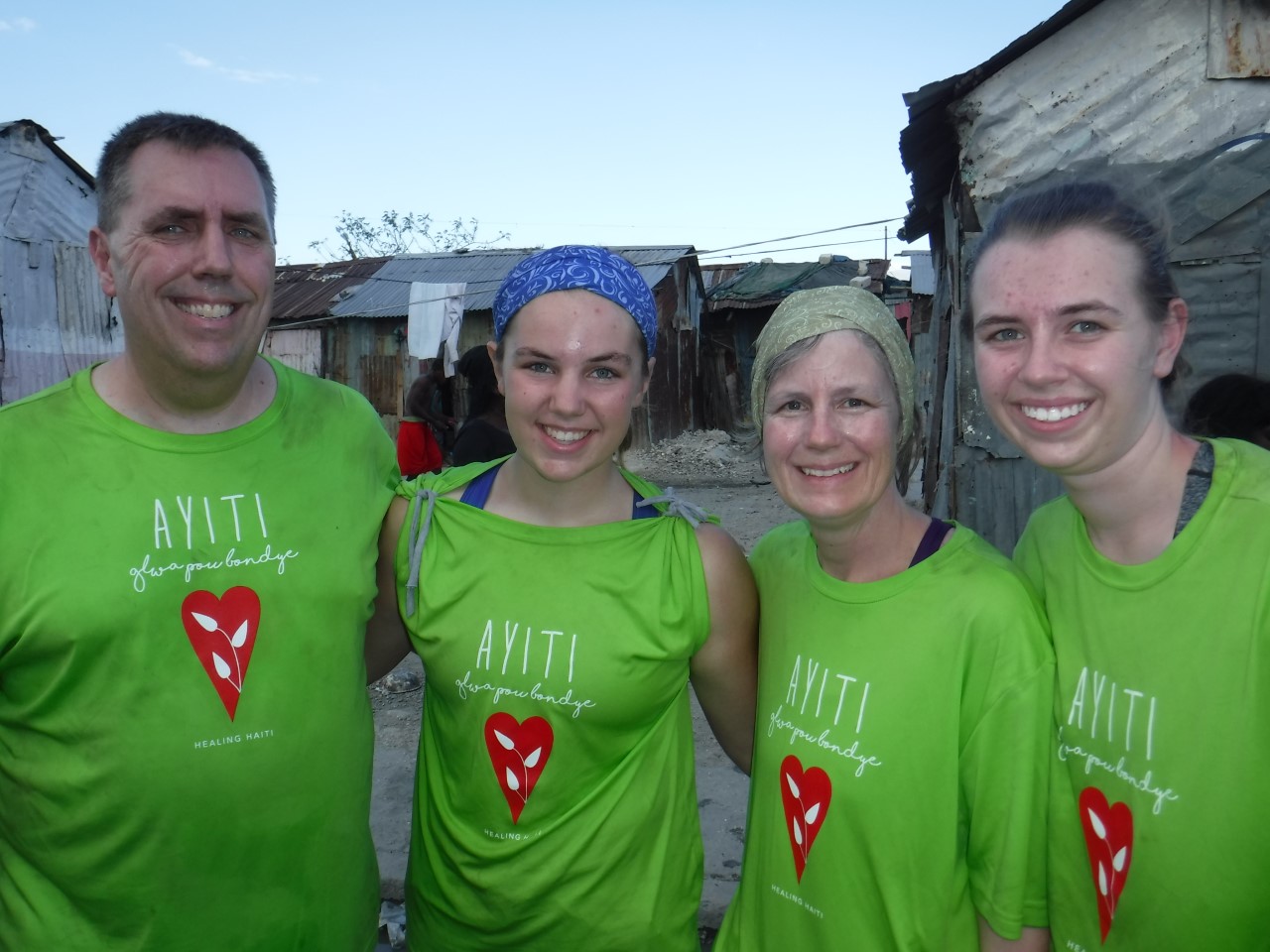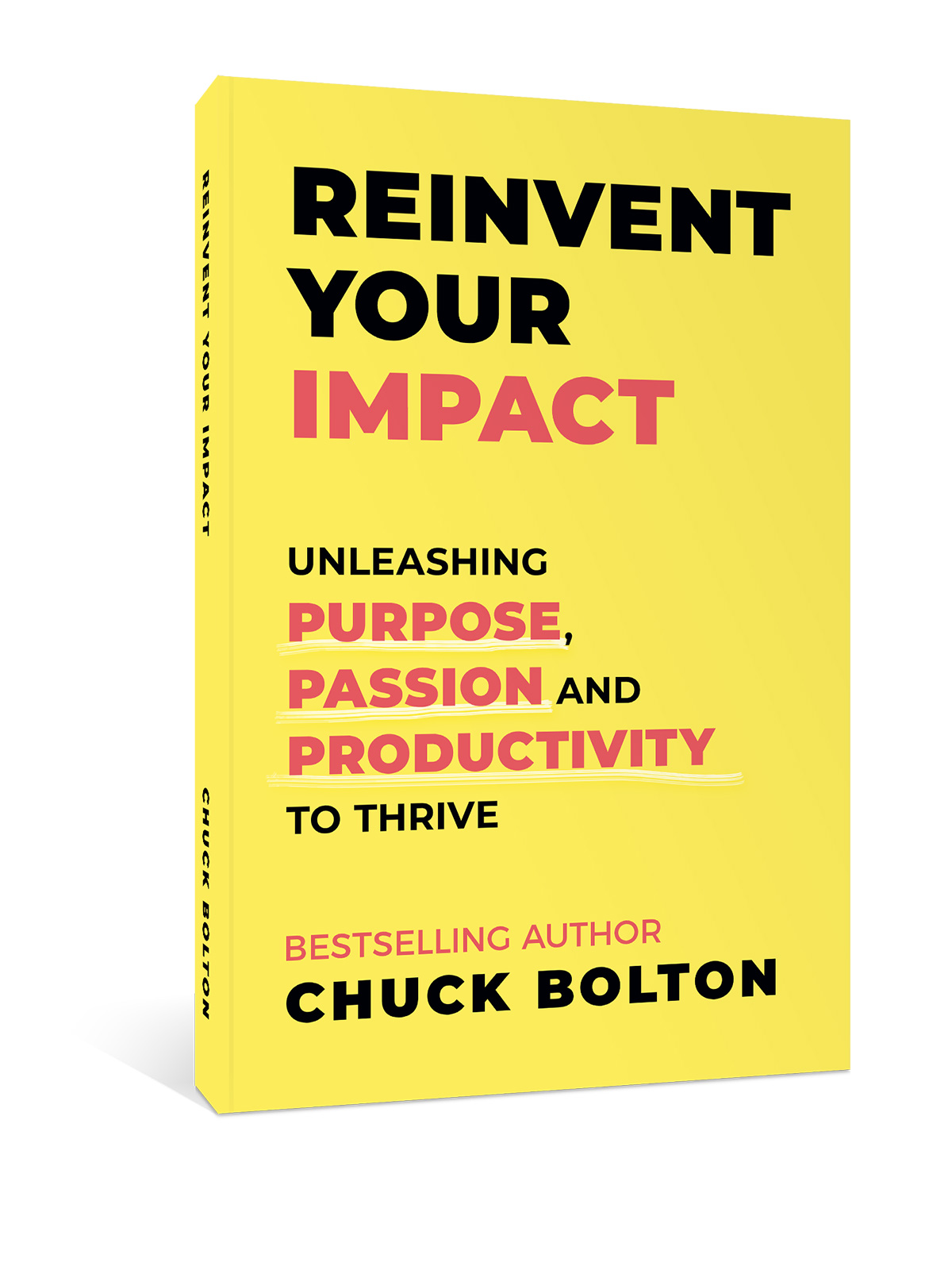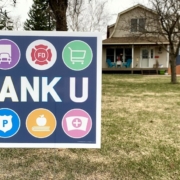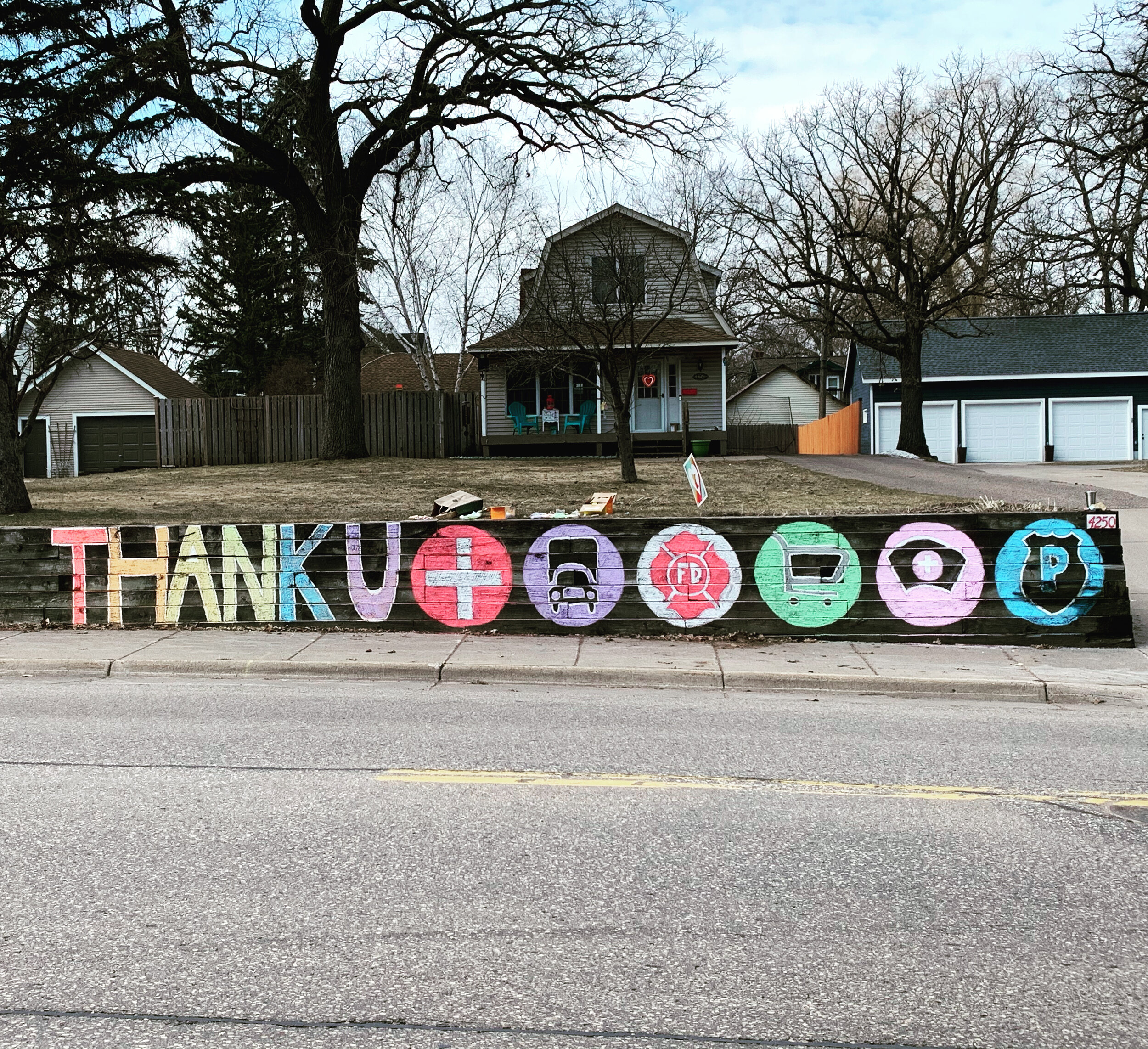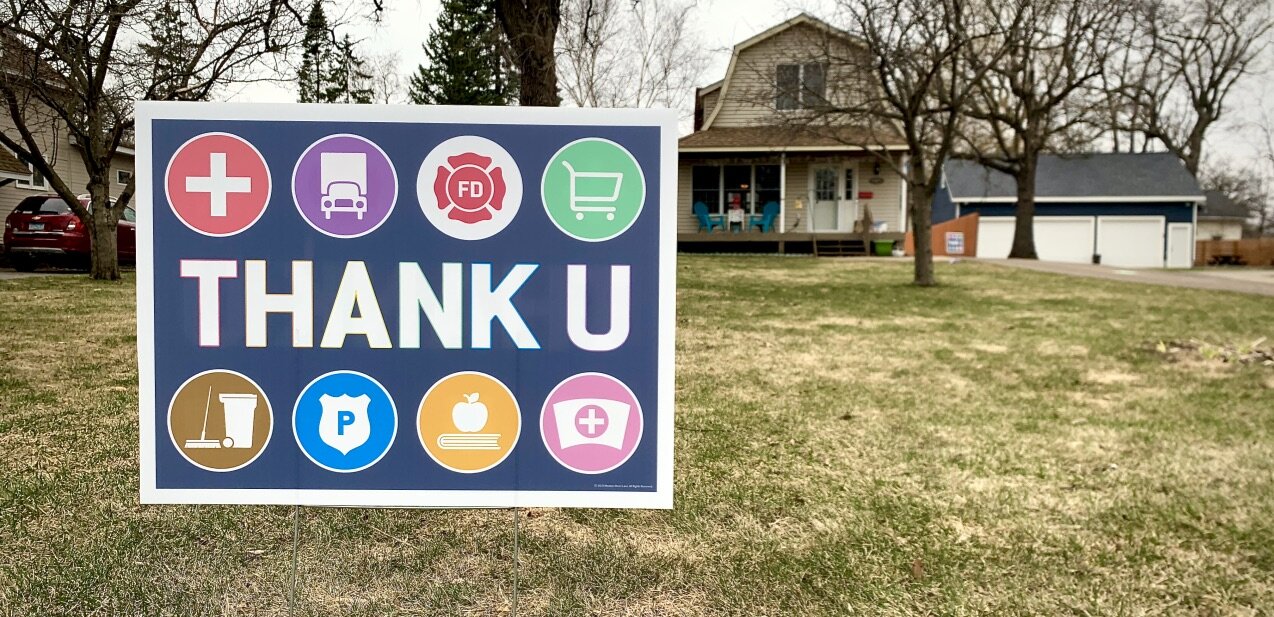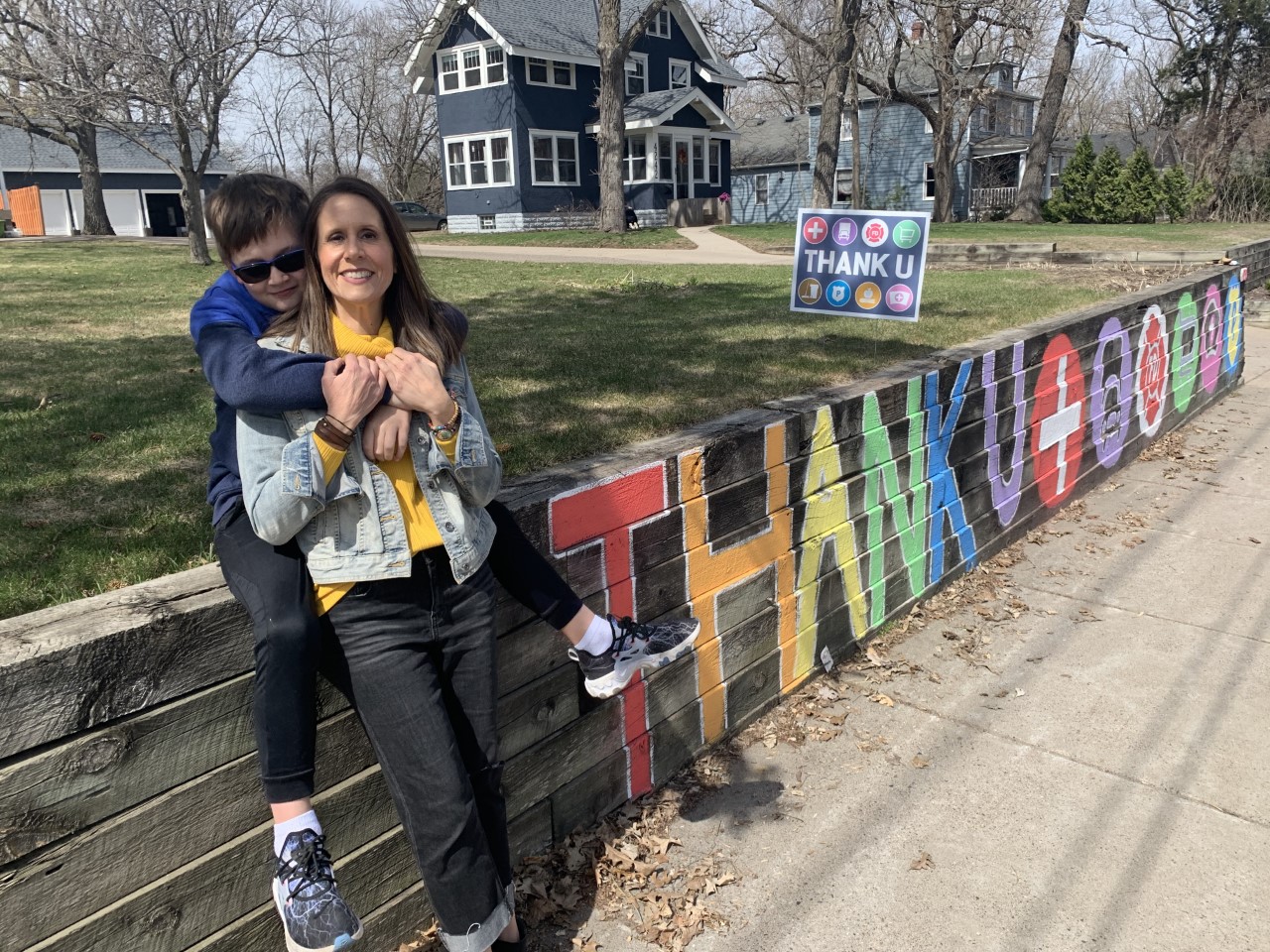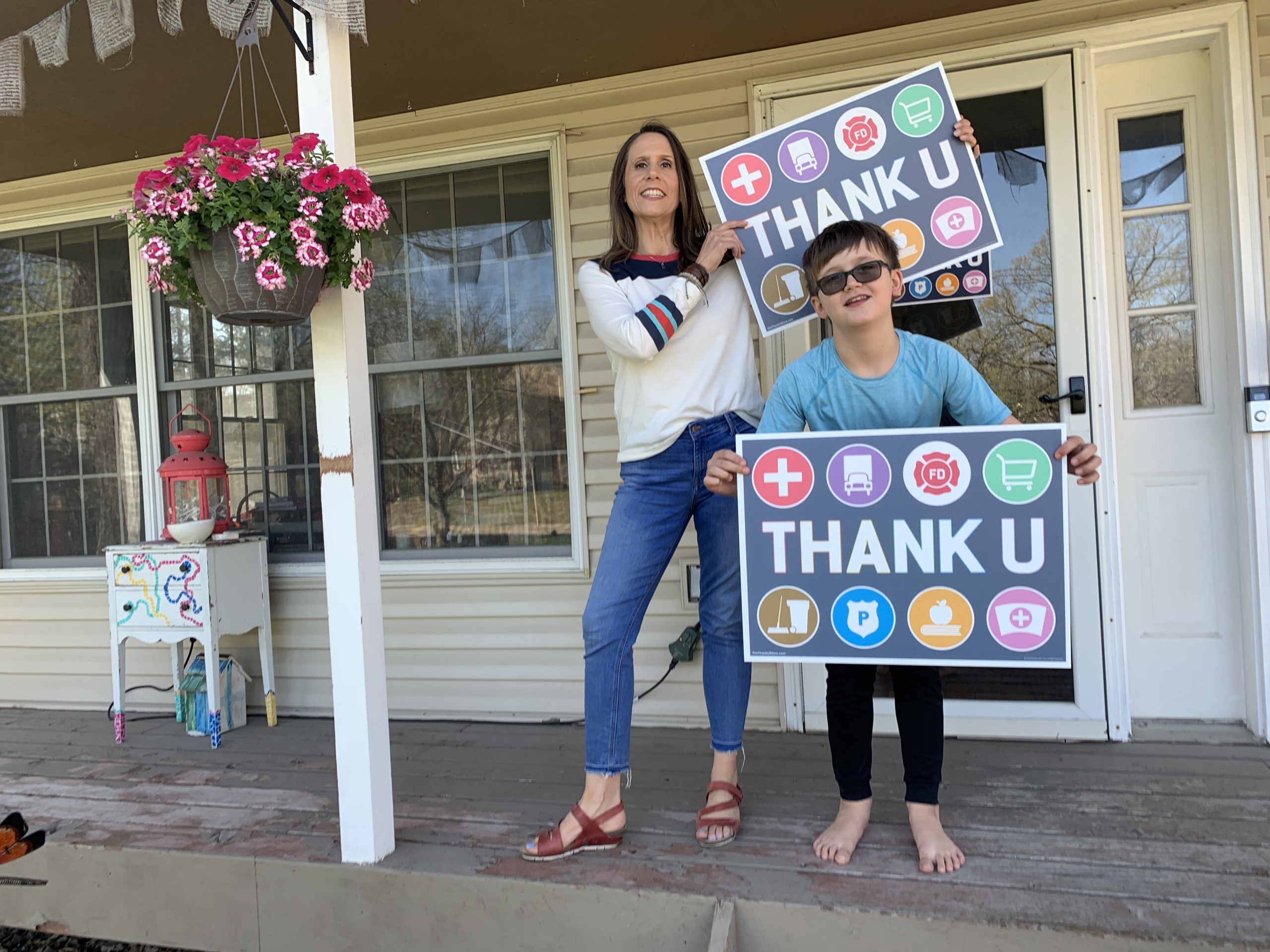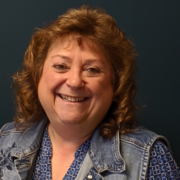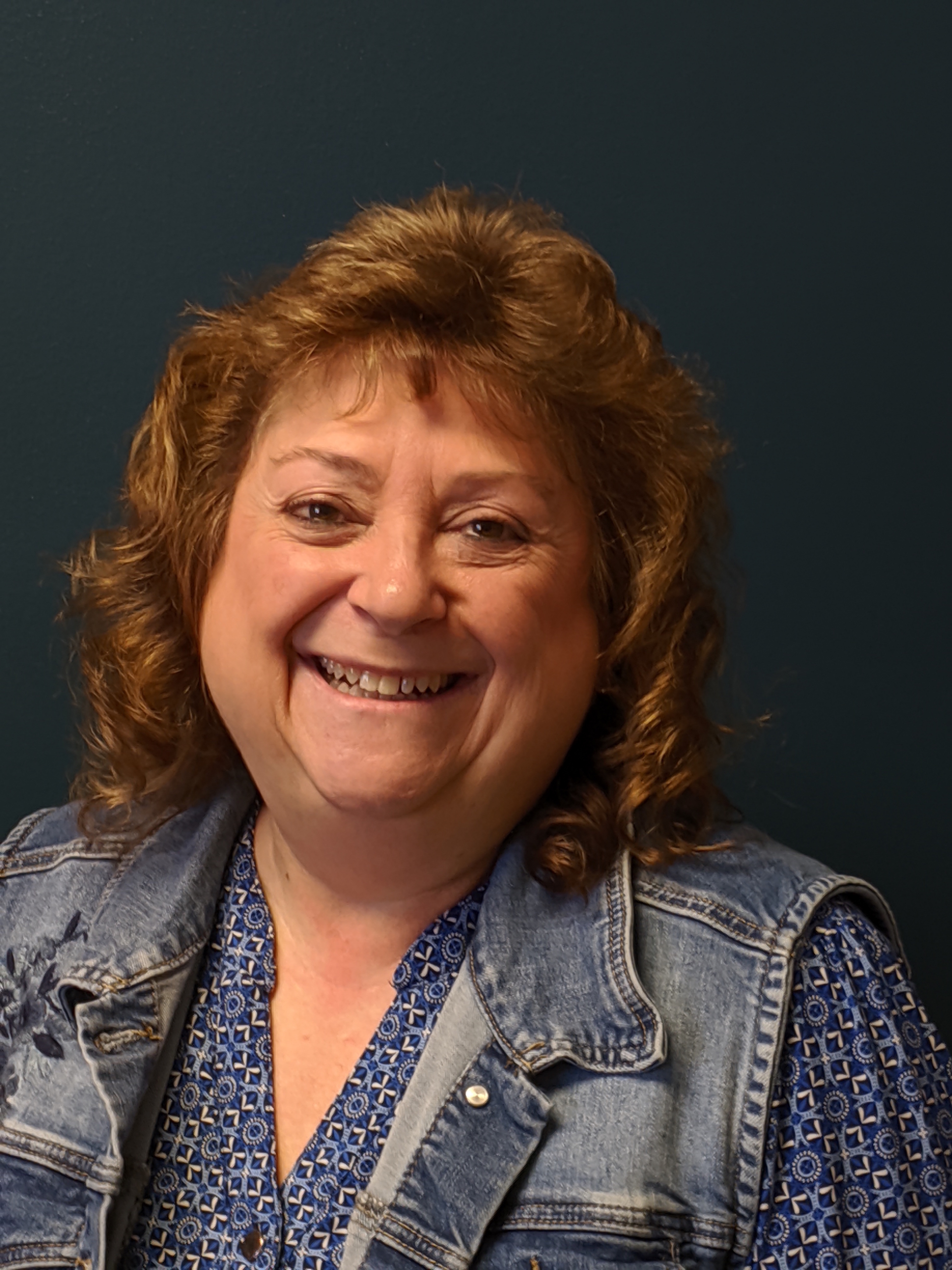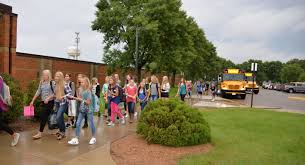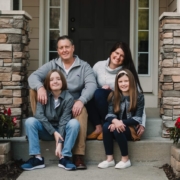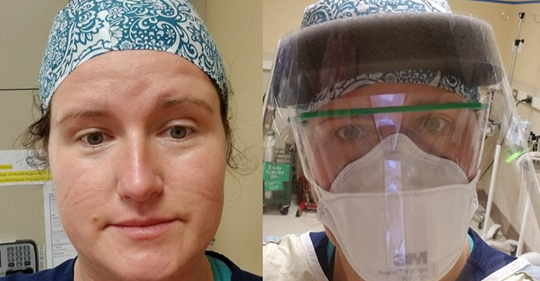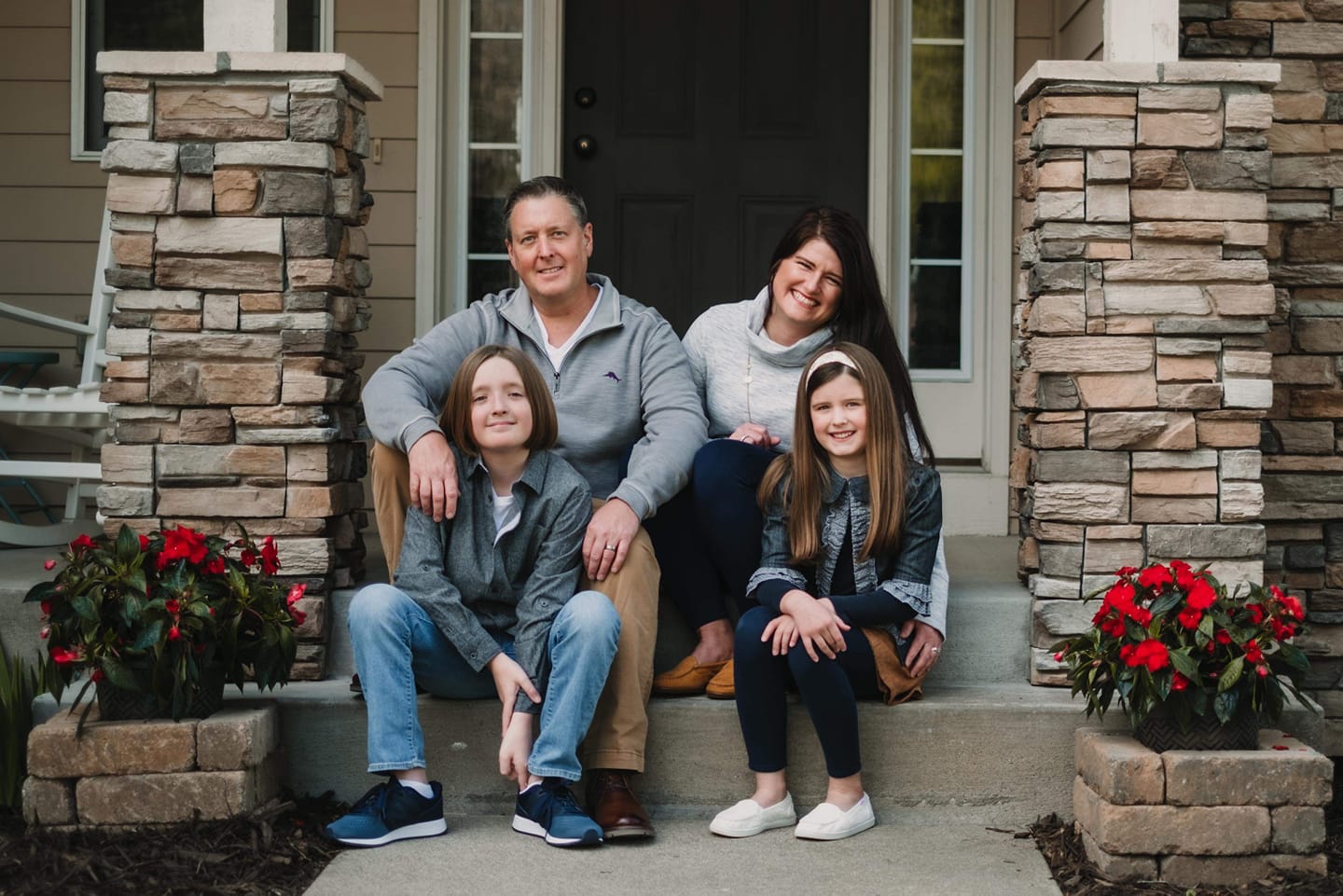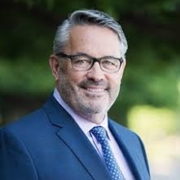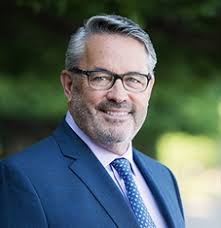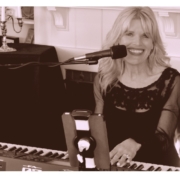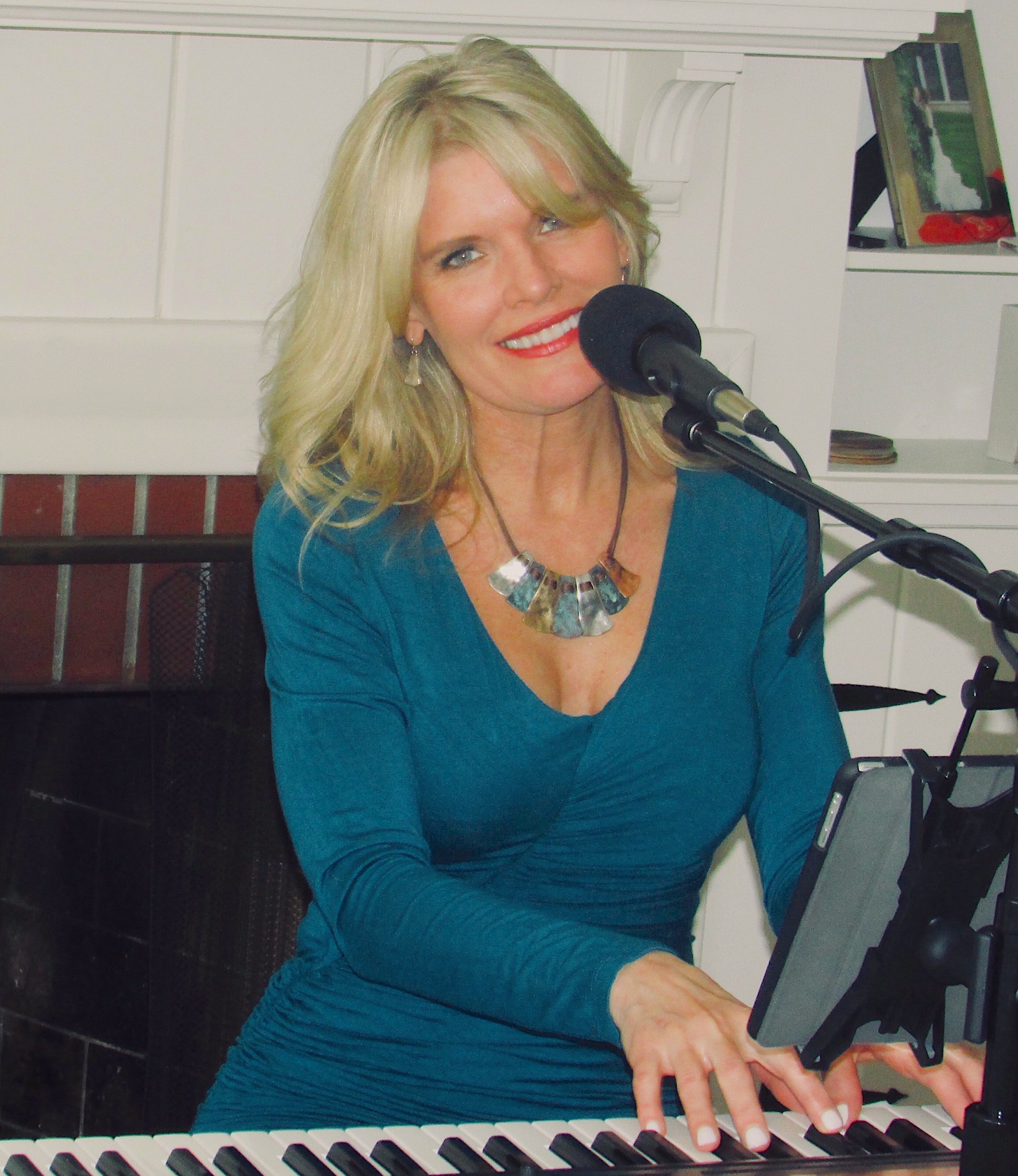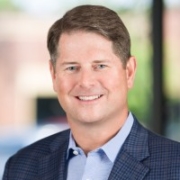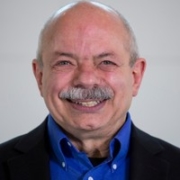How Does a Man with a Servant’s Heart Serve Others While Under the Social Distancing Order?
By being present, feeling the nudge and taking a step. That’s what Pat Siebenaler would tell you. Just be present, feel the nudge and take a step.
For work, Pat consults on and designs data centers for a large financial institution in Minneapolis. What really fires up Pat is serving others and growing in his faith.
Over the past few years, Pat has designed his life to have more time for service. The first week of January 2019 found Pat, his wife of 22 years, Michele, and their two college aged daughters, Emily and Erin, on a mission trip to Haiti.
As Pat described the trip, “To see the suffering and to help in a small way was something that we are so grateful for – the beautiful people we experienced. We were there to deliver water, to be present, to build trust by helping Haitians with their basic everyday needs. The organization that coordinated the mission trip, Healing Haiti, believes the best approach to supporting local residents is teaching a trade or the best methods for growing food. Our family delivered water to desolate areas and played with kids in orphanages.
For our family, the experience changed our perspective. It changes your materialistic view of the world. We’re very satisfied with what we have. It taught us to be more content with less. The people we met, they have virtually no possessions and yet are still happy. Their circumstances are so dire, yet they maintain their faith. This gave me a thirst to do more.”
Pat concluded, “For our family, serving in Haiti was a family pilgrimage. We were blessed to be the hands and feet of Jesus. We washed the feet of Haitians and delivered water. I believe when you take a step into something, it leads to something else. For us, it was taking a step of obedience.”
Later that year, the men who are part of a small group that Pat is a member, defined their individual purpose and gift statements. Through the work, Pat clarified his purpose and describes it as:
“To encourage seekers and followers in faith to help pursue and/or deepen their relationship with Jesus Christ.”
Pat also clarified his gift statement, with the assistance of his fellow men’s group members:
“To use my gift of empathy and connectedness to earn trust and come alongside people to encourage and journey with them in growing their relationship with Jesus.”
Pat believes the process of getting his purpose clarified, making it explicit, has given him an ability to better focus. He believes he is more intentional operating on purpose, especially with family and friends.
Be present, feel the nudge and take a step. Pat made a commitment to step into something more. TreeHouse is a Minneapolis-based organization that exists to create safe spaces for teens to belong. When teens feel safe, they open up and become alive. TreeHouse is committed to a mission to end hopelessness among teens.
In TreeHouse, Pat saw a faith-based organization dedicated to helping kids at an early age, to assist them in finding a sense of identity and purpose through Christ. That was an appealing opportunity, to contribute to changing the trajectory of their lives and potentially of the world. If TreeHouse is successful in achieving its mission, there are fewer people who will live in despair. Pat volunteered to be a group leader of ten to fifteen kids. Over time, he’ll likely become a mentor to some of the members of his group.
When the COVID crisis hit, it disrupted the weekly face-to-face meeting group leaders had with their groups. Enter Zoom video conferencing service. Each Tuesday night the larger group meets collectively then group leaders like Pat break out into sub-groups and will do so for the foreseeable future.
Pat says, “The mission TreeHouse serves is particularly important during the COVID crisis as these teens are quarantined, in not the best of circumstances, with nothing more than social media and video games to keep them entertained. That messes with their heads. It can lead to not thinking about anyone other than themselves. Through TreeHouse, it allows all to get connected, it’s a social way of seeing others. We help them get out the worries they have on their minds. Most of the teens are between 9th and 12th grades. I think more than ever, this work is needed.”
Pat commented, “The positive from the pandemic is that we’ve learned how to use technology and going online opens up the world. It also gives me more margin – more time to listen about things that come up, maybe getting nudged and stepping into them. Things have slowed down a bit. So I can take in more. I’m using the time to follow up on things that interest me, where I can serve and to dig in deeper in my faith.”
Pat participates in a guided prayer meeting on Mondays and Wednesdays at noon for about thirty minutes with about a dozen others through his church, Christ Presbyterian Church, using Zoom. Likewise, his Sunday community of twenty-five meet on Zoom, before they switch out to hear the weekly service.
As soon as we went into stay-at-home mode, Pat felt the nudge. He felt it was time to step into something more. He worried about seniors who were literally locked into nursing homes, some locked into their small rooms, with no ability to even walk down the corridor or get a breath of fresh air outside. Pat got connected with several seniors who he checks in with weekly.
One of Pat’s seniors is in memory care. It’s very hard to communicate with him, but Pat knows he loves chocolate. So he picks up chocolate regularly and leaves it for him.
With another, who is a long-time member of his church, he uses Zoom to connect and converse weekly.
Another gentleman, Bob, while healthy both physically and mentally, lives in the Aurora on France senior living center due to his wife’s Alzheimers. Confined in one room with his wife who suffers from that debilitating disease, Bob has no one else to talk to. With the wife in the room, it began getting more difficult to speak with Bob, as she can overhear, so Pat and Bob most frequently email and text. Pat believes Bob knows that he is cared for in that he has someone else who can just listen to him. To be present with him
One evening at 8 pm, Pat received an email from Bob. Bob said, “I’m having a tough time. My wife wants to leave and I’m having difficulty holding her back. Please pray she can find some peace.”
Pat says, “Bob wasn’t asking me to fix his problem. He was asking for prayer. At our church, we have a list of people needing prayer. The next day, we mobilized our prayer team and they spread the word and we all prayed. I followed up with Bob shortly afterwards. He said his wife had calmed down. He was so grateful.”
“God puts you in places for a reason. I’m making attempts to make myself available. I try to put myself in their shoes. To let others know that other people are thinking about them. They care about their situations. Someone does care. I’ve learned that being present and walking with people in their current situation, is better than having the right words to say, the right fix or taking them out of the pain,” Pat states.
Pat believes God knows where he should go next. Pat is staying present and being mindful for nudges. When he gets the nudge, he is ready to step into something.
As a man who lives on purpose, Pat Siebenaler has a deep faith and a desire to serve. He has a servant’s heart. Although too modest to acknowledge it, Pat is having a great impact on people, one person at a time, by being present, acting on the nudge and taking the first step. That’s a recipe for making an impact, particularly during the COVID crisis, when so many need someone to be there, to just be present.
